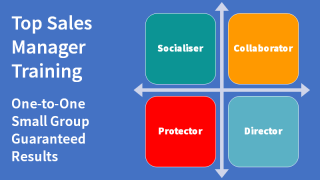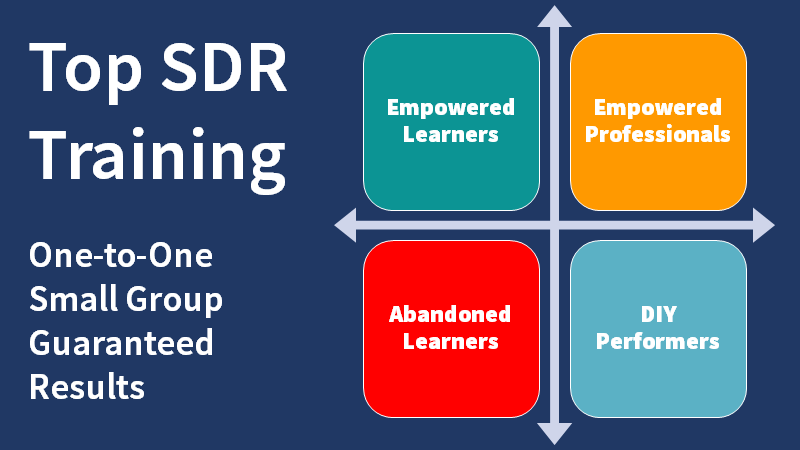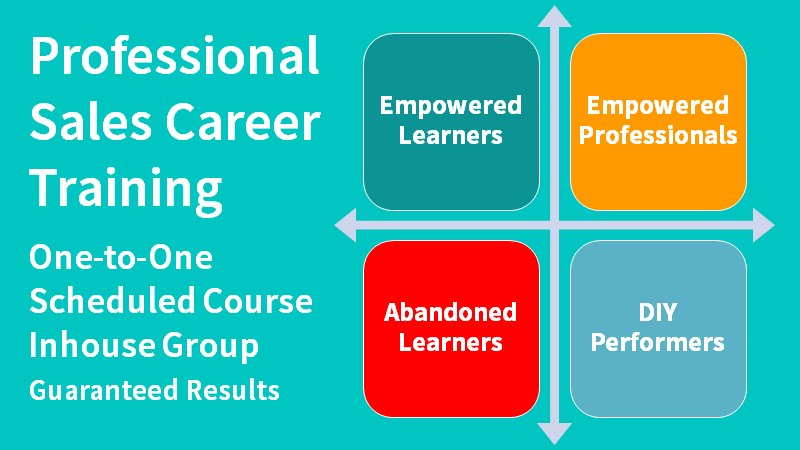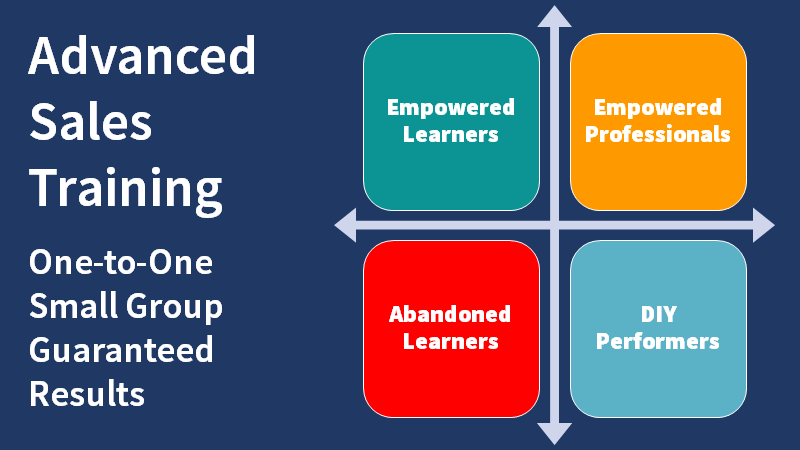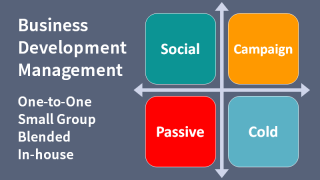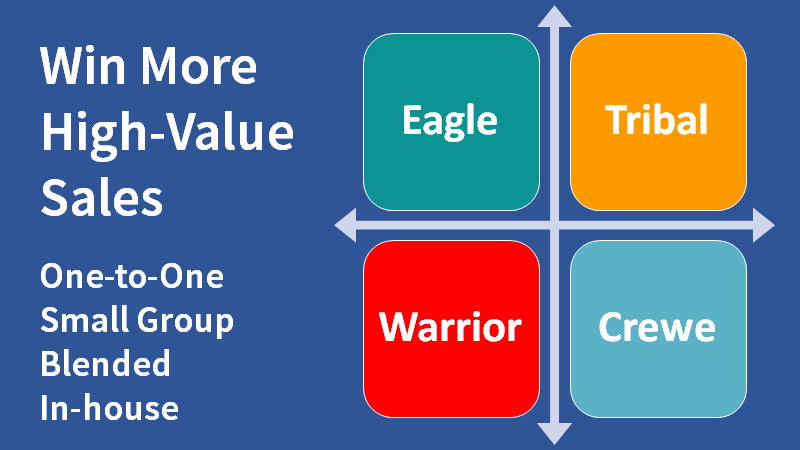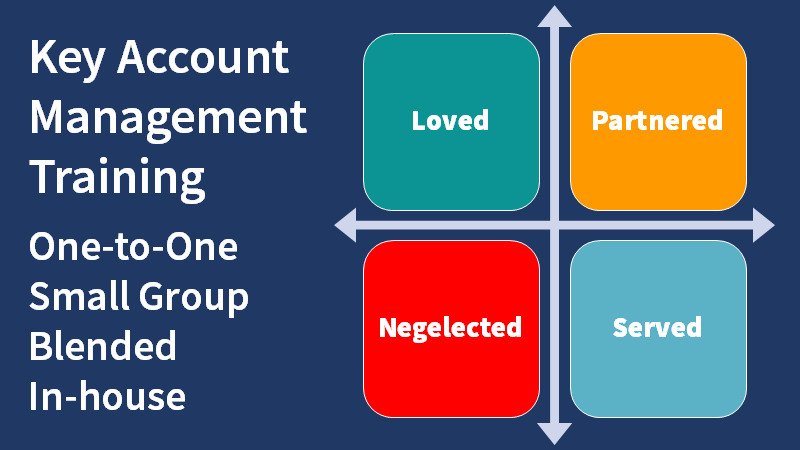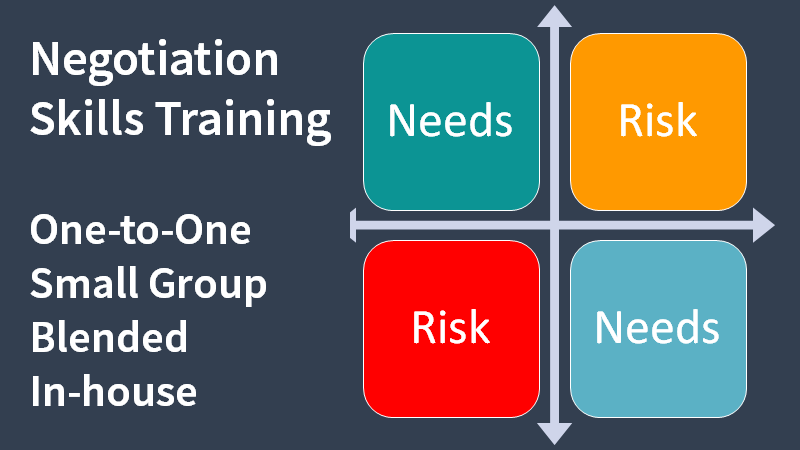Sales closing techniques for B2B sellers.

Your hitherto enthusiastic buyer goes dark, just when managers start questioning your sales closing techniques.
Everyone knows that nothing escapes a black hole, no feedback, no phone calls, no orders, no information, and no visibility. This is the black hole that yawns soon after the customer receives your sales proposal. All you can do is wait!
A recent experience illustrates how failure to follow a consistent process can undo otherwise excellent work. The customer seemed clear about the purpose and was open to as much exploration as we were willing to conduct. It was a relatively small opportunity however; I invested a little time to get a fair understanding of the situation and needs.
There was a clear budget and timetable for reaching a decision. The response close date was driven by the holiday schedule of the people involved in the decision. One person returned from their vacation as the other departed for his. As it happened, the following week, I also took a holiday break.
A week after my return, we received a polite note explaining that they had selected someone else. With the benefit of 20:20 hindsight, I immediately realised that I had ignored a number of checks and precautions that we routinely teach others to use.
The consequences, in this case, the loss of a small opportunity, could easily be shrugged off and consigned to the file marked ‘experience’ but that would be missing an opportunity to learn. Putting something in the file marked ‘experience’ is usually just another way of saying c'est la vie, that’s life, let’s forget it and move on.
The phrase we use to shrug off a setback, ‘put it down to experience’ should mean that we actually invest some time and effort in learning from it. Avoiding the uncertainty of the post-tender black hole depends on a series of things that must be done earlier in a sale.
Once a sales proposal has been sent, it is too late. Sales closing techniques in B2B situations must be implemented early in the buyer's journey. Here are some of the rules I normally observe before agreeing to formally propose a solution.
- Get a definite confirmation that you understand the issues that the customer wants to address. Submit your written description of the situation, goals and objectives to the decision maker and key influencers in advance of submitting a sales proposal. Then ask for a definite confirmation that you have a correct understanding of the needs and that you have not missed anything.
- Note: If you are responding to a formal tender or if submissions will be treated according to public sector procurement practices, you must complete this step before the formal request is issued.
- Develop a complete understanding of the customer's evaluation and commitment process. An effective sales method needs to be compliant with the customer's buying process. If a customer hasn't thought it through there is an opportunity to help them recognise and prepare for the internal hurdles they will need to leap if the project or purchase is to go ahead.
- Make a point of agreeing on the schedule they are working to so that you can fulfil your part in a timely fashion.
- Look for opportunities to help the customer address anticipated internal difficulties. Turn the sales process into a buying process collaboration.
- Get definite confirmation from the decision maker and key influencers that your solution truly meets their needs. To do this you must understand all of the criteria your solution will be measured against. If a definite yes or no is impossible, ask for a rating out of ten. A 7/10 is just ‘OK’ and ‘OK’ is not good enough. If you get a 7 or less for any aspect of your solution you must:
- Discover why and what would have to change for the score to be an 8, 9, or 10.
- Change this aspect of your proposal accordingly or:
- Gain agreement from the customer that it isn't important.
- Identify and agree with the customer on the performance measurements that will indicate if the solution is delivering the expected results.
- This has the effect of convincing doubters that your solution will do what you say it will and that you expect to be held accountable for your promises.
- Get a definite confirmation from the decision maker that the investment is within their means and expectations.
- Make an appointment to present your solution to the decision-maker and key influencers.
- For tender responses that are to be treated according to public sector procurement practices, do this before the RFP is issued.
- The presentation is an opportunity to gauge response and make adjustments. If it is not important enough for the customer to commit the necessary time to make sure that your solution will meet their needs, either the project has a low priority or you are not the front runner. In either case, you should consider the wisdom of continuing or devising a way to change the situation.
- Note: Avoid confusing an early presentation with those requested after tender submission. Post-tender presentation invitations are managed according to the buyer's procurement agenda rather than the sellers.
- Gain agreement that in the event of the customer selecting another supplier, you will be granted a debrief meeting or conversation. This is to ensure that you get an opportunity to learn what you could have done differently to have improved your chances of success.
- Gain agreement that if you succeed in winning the business and all goes well, the customer will make introductions to appropriate business partners, suppliers, or customers who might benefit in the same way. This last rule is more important than it seems. It is easier to ask and much easier for prospective customers to pledge support for referrals, testimonials, and publicity - before you submit a tender response.
It's a mistake to think that sales closing techniques are things to get a sale over the line when the process has been all but completed. A sales close must be set up at the beginning of the sales process rather than the end.
So how did I do for the example I cited compared with the sales closing techniques that I teach?
- I did try to understand their issues although this took place through only three conversations, two by telephone and one face to face.
- I didn't seek confirmation of our understanding (Rule 1).
- I failed to establish an agreed sales process or evaluation plan. These are ways of meshing selling activities with buying steps (Rule 2).
- I failed to test the acceptability of our solution, except in conversation (Rule 3).
- I did discuss measurement but didn't define or agree on what it would be (Rule 4).
- I did confirm that the funds were available (Rule 5).
- There was no time to ask to present the proposal (Rule 6).
- I didn't attempt to secure a debrief meeting or a promise of referrals (Rules 7 and 8).
Since I didn't properly follow best practices we didn't deserve to win.
Perhaps such lessons are the necessary cost of learning and once learned a few times, set up becomes instinctive. For more reliable results, follow carefully thought-through sales closing techniques that are integrated with a holistic sales process that is aligned with the customer's buying process.
Article by Clive Miller
If you need to improve sales closing techniques, retain more control after submitting a sales proposal, or improve the sales process, we can help. Telephone +44 (0)1392 851500. We will be pleased to learn about your needs and talk through some options. Alternatively, Send an email to custserv@salessense.co.uk for a prompt reply or use the contact form here.



